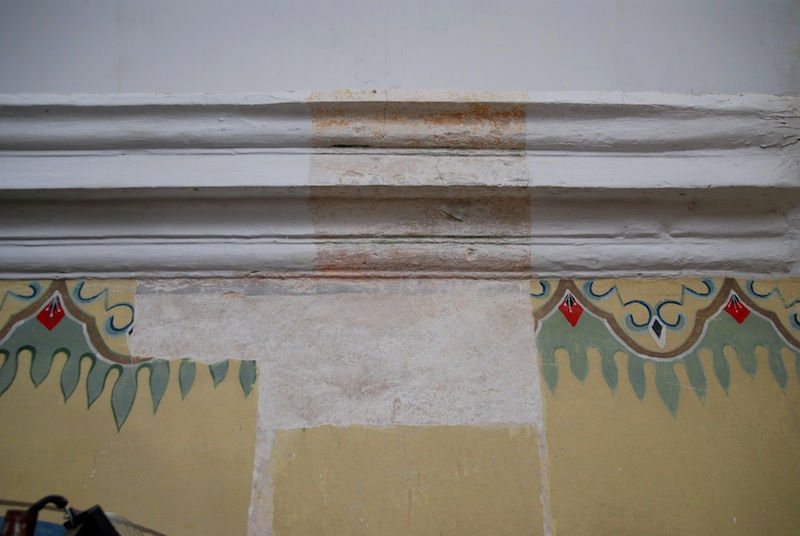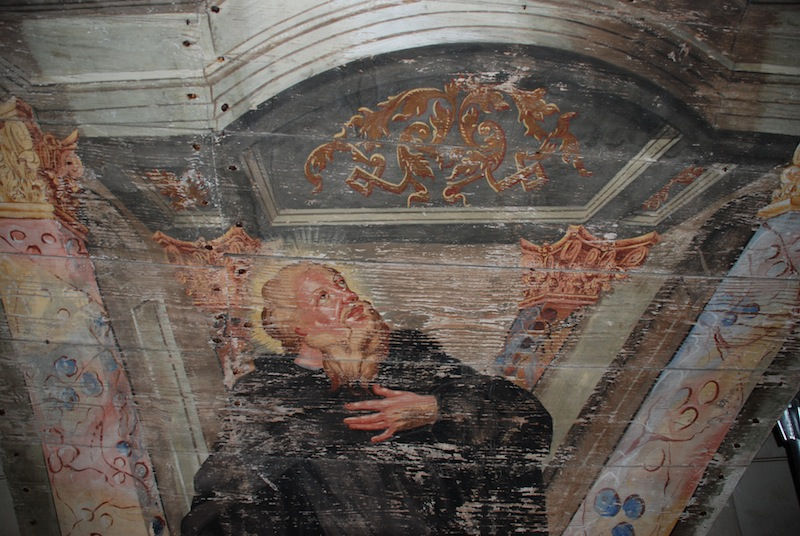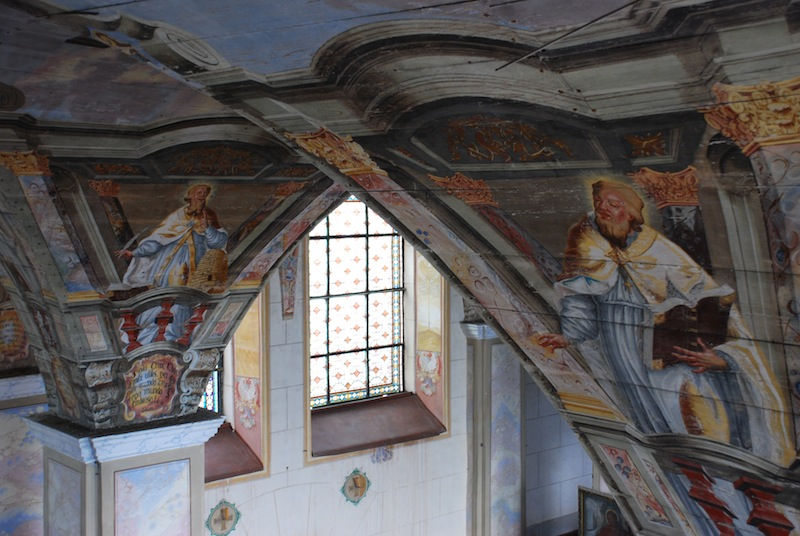Aga Markowska
Artist / Conservation and Restoration
Preserve and Restore
Murals Paintings
Stages of work in order to:
• search of the original painting parts
• Remove the secondary layers of the cornice, the three walls and picture parts
• consolidation of paint layers
• injections under the plaster
• complete major decreases the plaster base with lime putty and sand
• complete the small decreases based putty chalk powder
• retouching and reconstruction of the paint layer




Krosno
The purpose of the conservation and restoration work was the mural that comes from the year 1907. Represents the Coronation of the Virgin. It is located on the dome of the Baroque church of Krosno city located in the region of Warmia (northern Poland). Is one of six scenes nave illustrating the life of the Virgin, a work created by Ferdinand Busch of Berlin.
In the course of the conservation works thus carried out, a series of typical treatments, such as the disinfection, desalination and cleaningof the painting surface, as wellas the consolidation and supplementation of the missing parts of the base. However, the most difficult task was to strengthen and reconstruct the painting layer.




Radzymin
Conservation and restoration work on three walls and ceiling of the chancel of the church of
Saints Peter and Paul in Radzymin (town near Warsaw). XVII century church. area main work, the ledge where we find the original parts of the polychrome below secondary layers. This fact helped a lot in the reconstruction of the painting. another interesting part of the work was the exposed images of the patron saints of the church on the side walls. These paintings were made in the fresco technique and were
covered by a layer of acrylic.




Chwalecin
Consolidation and restoration of the painting (John Damascene) Type tempera on wooden background in the Dome of the baroque church of XVIII century Chwalęcin Warmia (region of northern Poland). This cycle of paintings comes from years 1748-1749 John Loussau paternity and represents the history miracles and Santa Cruz tree. The most important step was the introduction of touch-up paint